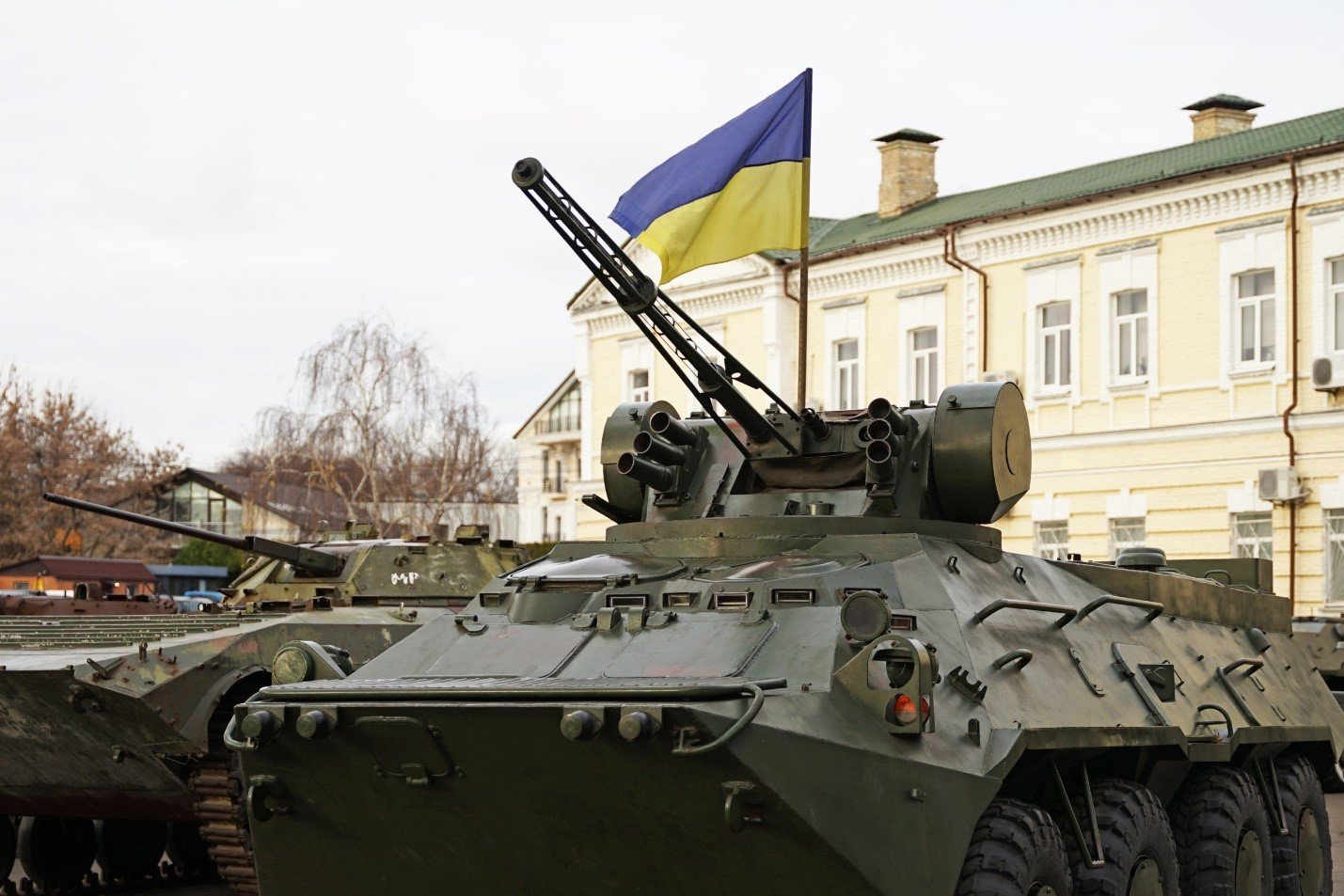Global economic implications of the Russia-Ukraine war
US and EU are imposing tough sanctions on Russia
On February 28th the US unveiled a sanctions package targeting the Central Bank of Russia (CBR). The EU has followed suit. These sanctions will prevent the CBR from accessing about half of the US$643bn that it holds in foreign-exchange reserves by blocking its ability to convert assets held in US dollars and euros into rubles. The measure also prevents Russia from tapping its emergency sovereign wealth fund, the National Wealth Fund (NWF). In addition, the US and the EU have announced that some Russian banks will be cut off from SWIFT, the global payments system.
“The US and the EU had previously adopted a cautious approach to sanctioning Russia. Trade ties between Russia and the EU made European policymakers reluctant to impose stringent measures on Russia. This restraint has disappeared to some extent. However, measures to restrict Russia’s energy exports are still off the table, reflecting fears in European capitals that sanctions of that nature would send EU economies into recession. The US Treasury has planned carve-outs from sanctions for Russian energy exports, and Russian banks involved in the energy trade will not be excluded from SWIFT. The economic impact of EU and US sanctions will therefore be small outside Russia, although Western companies that are highly exposed to Russia will still be affected”.
Commodities prices will remain elevated for months
As the global impact of sanctions will be limited, EIU expects that the most serious effect of the Russia-Ukraine conflict for the world economy will come in the form of higher commodities prices. Commodities prices could jump owing to three factors: concerns around supplies, the destruction of physical infrastructure and sanctions. Our core assumption is that neither the EU nor the US will impose a ban on Russia’s hydrocarbons exports. Even in the absence of an embargo, prices for oil, gas, base metals and grains will jump:
- Oil prices will remain above US$100/b as long as conflict rages in Ukraine. The threat of sanctions on Russian hydrocarbon exports and uncertainty surrounding supplies will exacerbate existing market tightness. Some oil traders are also avoiding Russian oil out of concern about US secondary sanctions on financial transactions with Russian entities.
- Gas prices will rise by at least 50% this year, on top of a fivefold rise last year. Europe has limited gas stockpiles, and there are concerns about gas supplies for the 2022/23 northern hemisphere winter season.
- Russia is also a major producer of several base metals (aluminium, titanium, palladium and nickel), all of which will register price jumps. Following spikes in all of these markets last year, prices will remain at peak levels as long as the conflict continues. This will have a substantial impact on industrial sectors (such as the automotive industry) across the globe.
- Prices of agricultural commodities (wheat, maize, barley and rapeseed) will soar. Taken together, Ukraine and Russia account for more than a quarter of the global wheat trade and produce 12% of calories consumed globally. Disruptions to trade routes in the Black Sea would increase pressure on grains prices.
Supply chains will be disrupted
Financial sanctions will have an impact on supply chains and trade, as companies will struggle to find financial channels through which to conduct trade with Russia. In addition, the possible
destruction of some transport infrastructure (notably ports in Ukraine) will compound existing supply-chain issues.
Disruption to supply chains will come from three sources: difficulties affecting land-based routes; restrictions on air links; and the cancellation of sea freight routes from Ukraine:
- Land-based trade routes between Asia and Europe will be disrupted as transit through Russia becomes more difficult (or impossible from a compliance, reputational or safety perspective). This will particularly affect some Chinese companies, which had increased their traffic over land-based routes through Russia (en route to Europe) as an alternative to sea and air freight during the coronavirus pandemic.
- Air ties between Russia and Europe (and, in turn, Asia and Europe) will be severely hampered following the decision of EU countries to close their airspace to Russian aircraft and cargo (and Russia’s reciprocal measure to close its own airspace to European planes). About 35% of global freight was being transported by air prior to the pandemic, about half of which was carried on passenger planes.
- Sea freight routes through the Black Sea will be cancelled for several weeks following Ukraine’s decision to shut down commercial shipping and Turkey’s move to restrict transit through the Bosphorus. This situation will have a notable impact on grain shipments transiting through Ukrainian, Russian, and possibly Bulgarian and Romanian ports.
Global inflation will jump above 6% this year
Higher commodities prices will fuel global inflation this year and possibly in 2023. EIU was already forecasting global inflation of nearly 6% this year, but now that mark is expected to be exceeded, given the huge spikes in commodities prices. The rise in inflation will offset the positive impact of higher commodities prices for producers.
Higher prices will also raise tricky questions for central banks. They had embarked on a course of monetary tightening to curb inflation but may now be concerned about the impact of the Russia-Ukraine conflict on the post-coronavirus recovery.
“Our view is that the Federal Reserve (Fed, the US central bank) and the European Central Bank will not change their monetary-tightening plans. However, we expect that the pace of the Fed’s balance-sheet run-off will be less aggressive than it is currently suggesting and would be postponed in the event of significant market turmoil”.
Global growth will take a hit
The economic impact of the conflict will be felt mostly in Ukraine and Russia, which will both experience sharp recessions this year. Those eastern European countries that are most exposed to trade with Russia, such as Lithuania and Latvia, will also take a hit from the conflict. Elsewhere in Europe, the EU will suffer from an energy, supply-chain and trade shock.
“In view of this situation, EIU will be revising down the growth forecast for Europe in 2022, to about 2% from our previous projection of 3.9%. Growth in the euro zone is now expected to stand at 3.7% this year, from EIU’s previous forecast of 4%. Downward revisions to Europe’s growth outlook will also prompt a revision of the global growth forecast by 0.5 percentage points to about 3.4%, from 3.9% previously”.
The analysis and forecasts featured in this piece can be found in EIU Viewpoint, our new country analysis solution. EIU Viewpoint provides unmatched global insights covering the political and economic outlook for nearly 200 countries, helping organisations identify prospective opportunities and potential risks.


